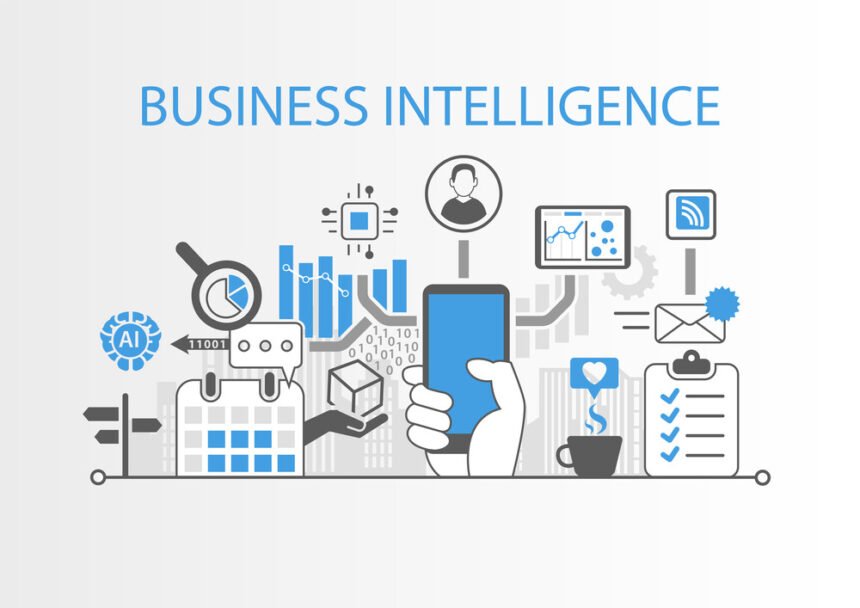Forrester Research Inc. has just released its Q2: 2012 Forrester Wave: Self-Service Business Intelligence (BI) Platforms report and we’re pleased to announce that the research firm has ranked TIBCO Spotfire as “a leader in self-service BI platforms with the highest ‘Current Offering’ score.”
While that’s pretty cool, we’re really excited about the findings of the report – a move toward business-led, self-service BI. Here are a few highlights from the report and our takes on them.
IT Can No Longer Support the Majority of BI Requirements
Boris Evelson (@bevelson), author of the report, says, “Relying too heavily on IT-centric BI support models is not sustainable.”
Our Take: Business is moving at the speed of now. In order to make the right business decisions, competitive moves and to empower the front lines, users need to ask questions of data and get insights yesterday. Evelson says that BI requirements change faster than the IT-centric model can keep up – mergers and acquisitions, new management or regulations can throw a monkey wrench into the best-laid plans.
Forrester’s report suggests that companies letting IT handle more than 20% of BI requirements will see requests pile up. That’s why we think self-service is so important. It gives users the info they need when they need it and it allows the company to move forward and upward.
Biz & IT – The Divide on BI Apps & Projects
Evelson says, “In the eyes of business executives, managers and individual contributors, nothing is more important than business requirements.” The business users also want their data needs met according to the business schedule rather than the schedule determined by the tech side of the house, he adds.
So, who’s right? When you look at the intentions of the business users, it seems that self-service is the model to roll with for two reasons – it helps organizations meet customer demands and stay ahead of the competition. As Evelson says, “anecdotal evidence leads us to believe that with the proper BI application portfolio classification no more than 20% of all BI apps should fall into this restricted category.”
The restricted category includes “complex, mission-critical, enterprise-wide BI apps . . . that carry external exposure or other operational risk.”
What Makes a Good Self-Service BI Tool?
Forrester rated the 12 vendors in this Wave report on five major factors: collaboration; data virtualization and drill anywhere; database querying for SQL and MDX; a self-contained, complete, fully functioning BI environment; as well as sufficient market presence and interest from Forrester customers.
Let’s take a peek at where we fit in on each of these categories.
- Collaboration: It’s no question we are all about collaboration. As Mark Lorion recently said in a DM Radio interview: “If you measure it, you’ll change it. What’s hiding in your data that you haven’t measured?” It’s rare that these decisions are made independently. Self-service BI tools must be accessible by teams and peers to be effective.
- Data virtualization and drill anywhere: Today’s users don’t have time to wait on data. These features enhance the use of big data in gleaning insights from data all over the organization.
- SQL and MDX queries: These are the most commonly used technologies in the industry, so they need to be the standards.
- Fully-functioning, self-contained BI environment: This is a given for ease of implementation and use of the technology by self-service users.
- Sufficient market presence and Forrester client interest: This is not the first positive review we’ve received from Forrester. Here’s a previous review that showcases Spotfire’s “user-friendly and interactive BI offering.”
Why Spotfire Made the Grade
Spotfire received the “highest current offering score based on self-service BI features,” including “a highly graphical, associative, in-memory engine that allows for intuitive data discovery and exploration.”
Lars Bauerle, vice president product strategy for TIBCO Spotfire, says that the product focus is to “meet the instantly changing business requirements and to allow business users the ability to freely explore data at any level without the constrains of inflexible software or restrictive IT schedules.”
Next Steps:
- Check out the full report or read Evelson’s blog on the findings.
- Read our “5-minute guide to business analytics” to see how user-driven “analytic” or “data discovery” technologies help business and technology users more quickly uncover insights and speed action.

